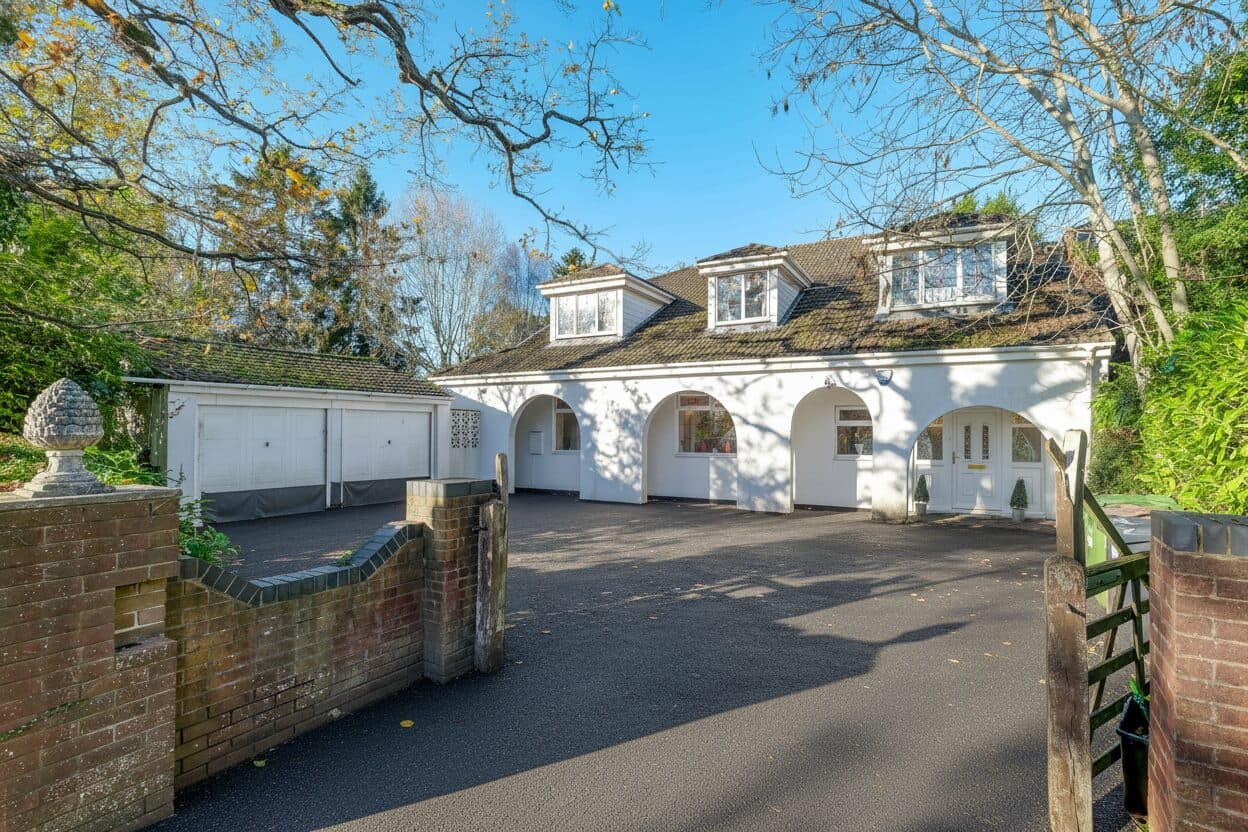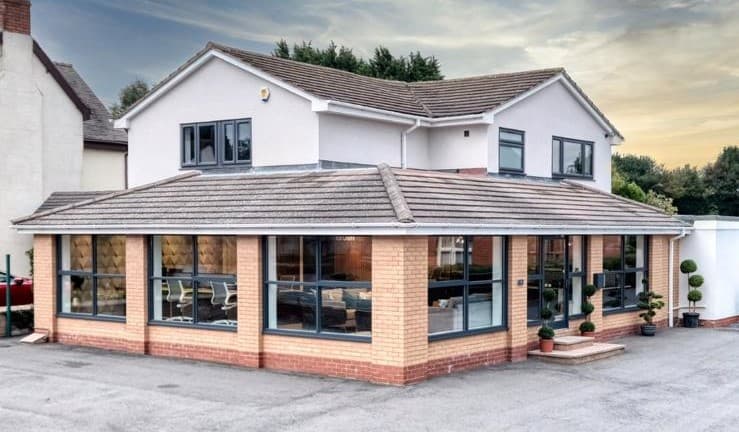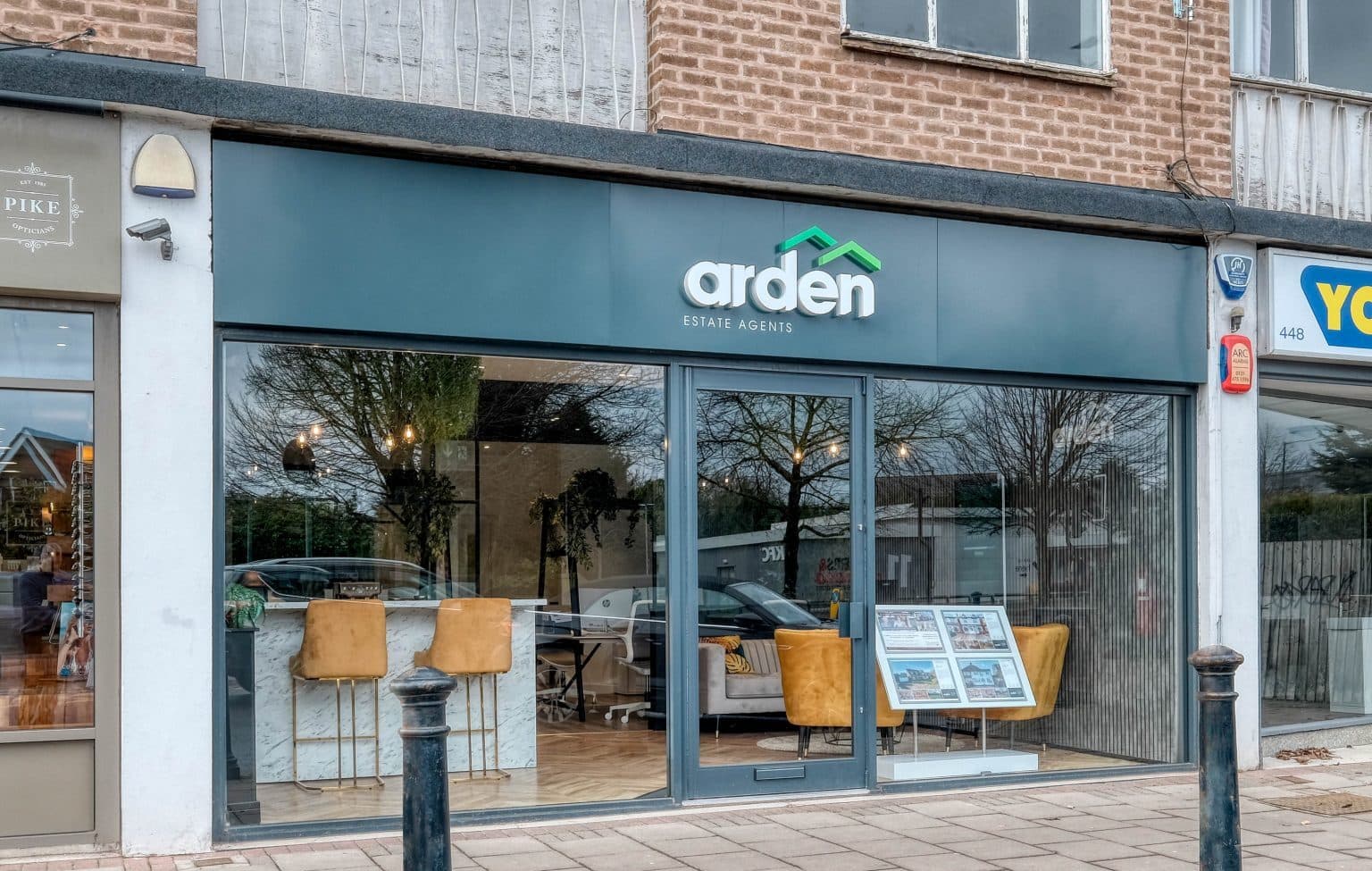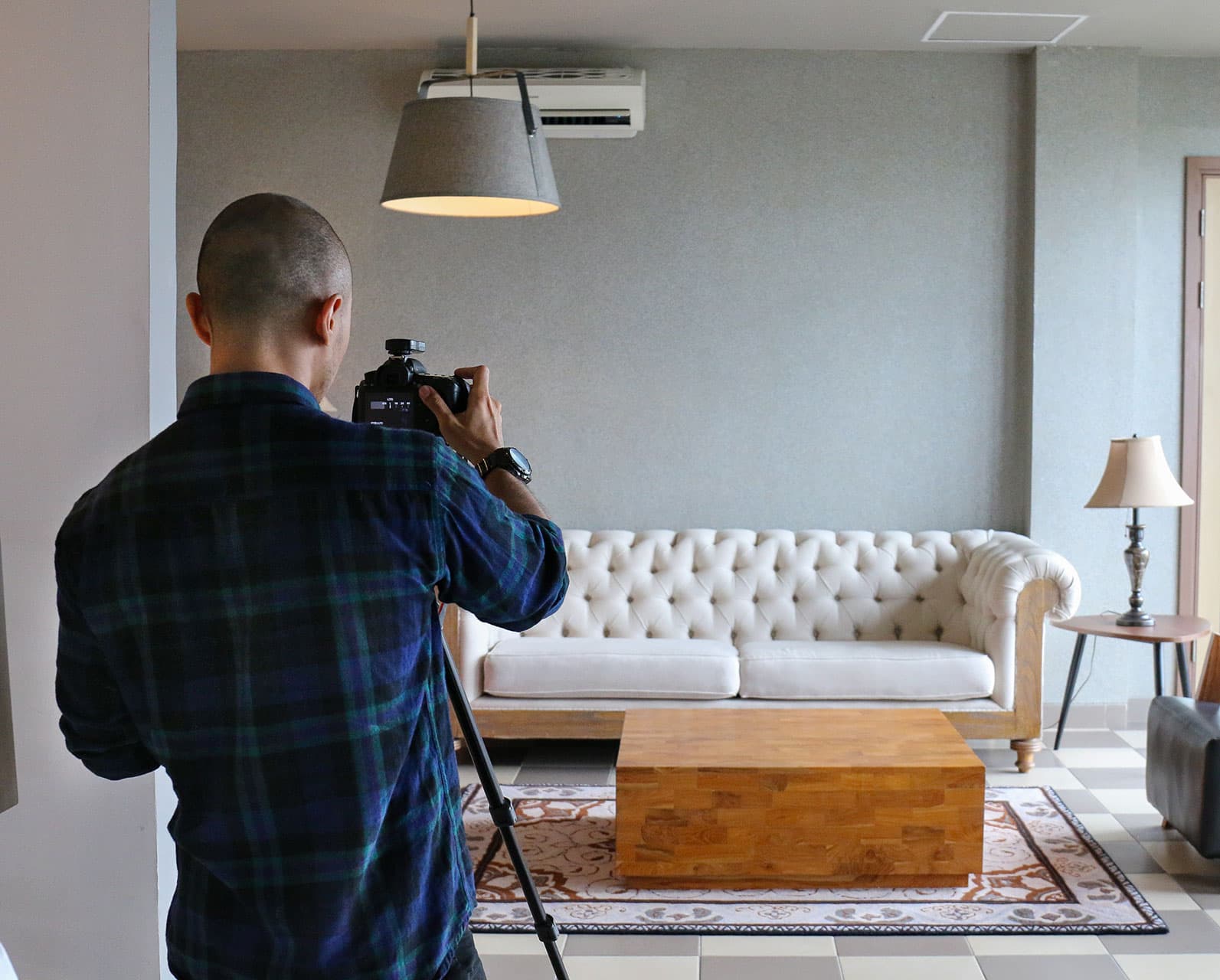Contact Us
Barnt Green
67 Hewell Road
Barnt Green
B45 8NL
(+44) 0121 447 8300
barntgreen@ardenestates.co.uk
Bromsgrove
14 Old Birmingham Road
Lickey End, Bromsgrove
B60 1DE
Redditch
373 Evesham Road
Redditch
B97 5JA
(+44) 01527 540 654
redditch@ardenestates.co.uk
Rubery
14 Old Birmingham Road
Lickey End
B60 1DE
Worcester
15 Foregate Street
Worcester
WR1 1DB
(+44) 01905 958 290
worcester@ardenestates.co.uk
Solihull
450 Stratford Road
Solihull
B90 4AQ














